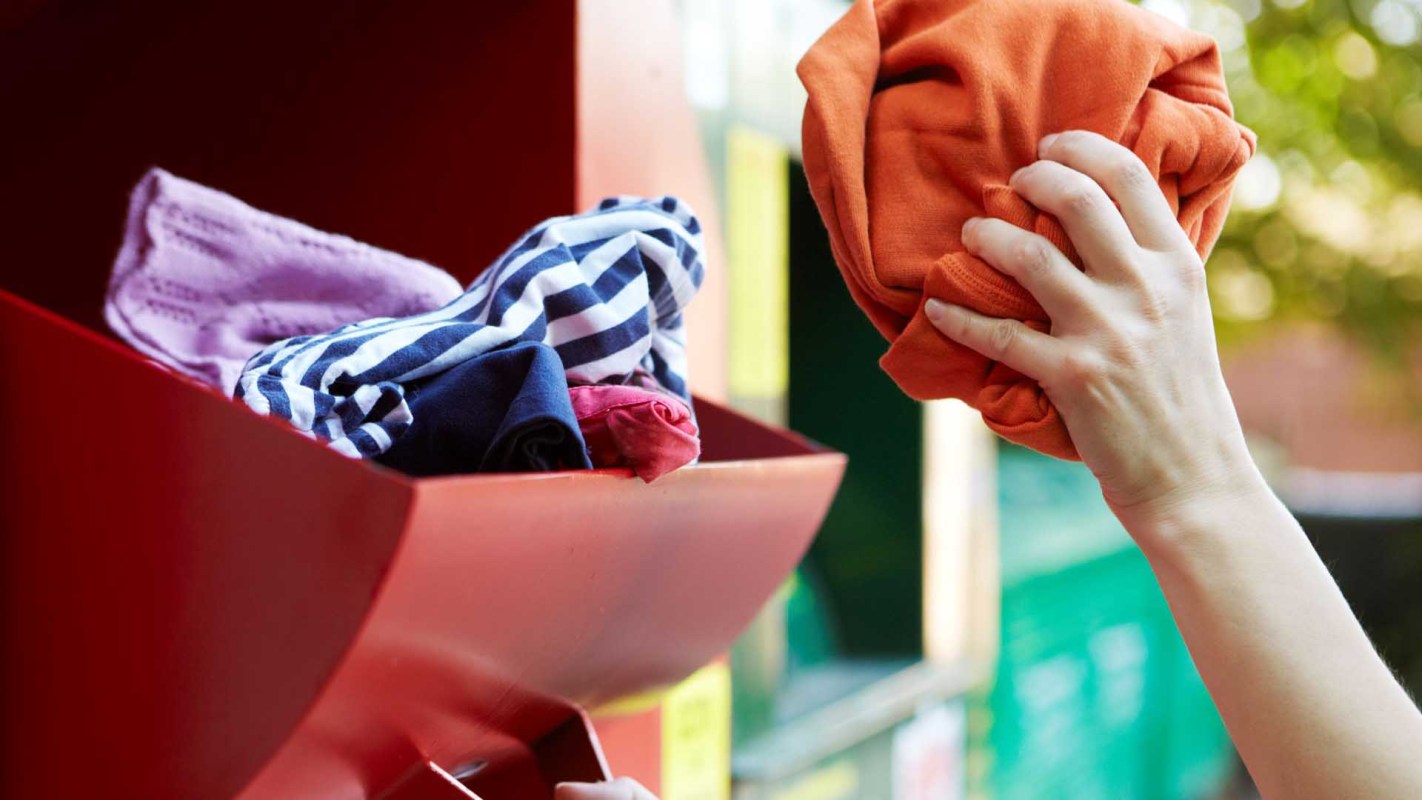Los Angeles-based slow fashion brand Reformation wants its clothes back.
The celebrity-loved sustainable fashion brand was built on scraps. It pioneered re-using textile waste and deadstock. And now, it's asking consumers to send back their worn Reformation items as part of its new and improved RefRecycling program.
🗣️ Which of these factors would most effectively motivate you to recycle old clothes and electronics?
🔘 Giving me money back 💰
🔘 Letting me trade for new stuff 👕
🔘 Making it as easy as possible ⚡
🔘 Keeping my stuff out of landfills 🗑️
🗳️ Click your choice to see results and speak your mind
What is RefRecycling?
The RefRecycling program encourages its customers to send in their worn Reformation items so the label can turn them back into fiber and make new Reformation clothes and shoes, helping to keep items out of landfills.
"We've been reusing and recycling clothes since 2015, but this is the first time we're making new Ref out of old Ref," Reformation says on its website.
How RefRecycling works
To participate, users can send back old Reformation items for free (either via mailer or via store drop-off), and for each item returned, regardless of its condition, the customer earns Reformation credit based on the category. Reformation even takes back items deemed unwearable.
"Yep — that's our favorite kind," the label says.
The credits are notable, as each item you recycle will earn you $10. Those credits can be used to purchase new items that may have been made from your old Reformation items.
"We're paying you to send us Ref shoes, denim, sweaters, outerwear, and activewear you don't want anymore," the company's website explains. "You get rid of stuff you no longer want and we get to make clothes with recycled materials. It's pretty much a good thing all around."
Why RefRecycling is important
Programs like RefRecycling help to keep clothes in circulation and out of landfills, where they take decades and decades to break down, releasing planet-overheating methane gas in the process.
"Over 90 million tons of textiles are thrown away each year, a lot of which sits in landfills for pretty much ever," says Reformation's website. "Most cities aren't set up to process textile waste at recycling centers, so it will likely end up in the landfill."
"More opportunities for clothing recycling contributes to lower demand, and thus lower emissions for making virgin materials," it continues. "By breaking clothes down back into fiber, we can turn them into new products, with as few materials as possible."
According to Annie Gullingsrud of the Cradle to Cradle Products Innovation Institute, when clothing ends up in the landfill, "it's a wasted material," she said. "There's been an expense to the planet. There's been an expense to the company [and] sometimes to the people creating the materials. And it creates a need to use virgin materials."
Want more? Follow The Cool Down on Instagram and join our Weekly Newsletter for cool stories and easy tips that save you money, time, and our planet.








